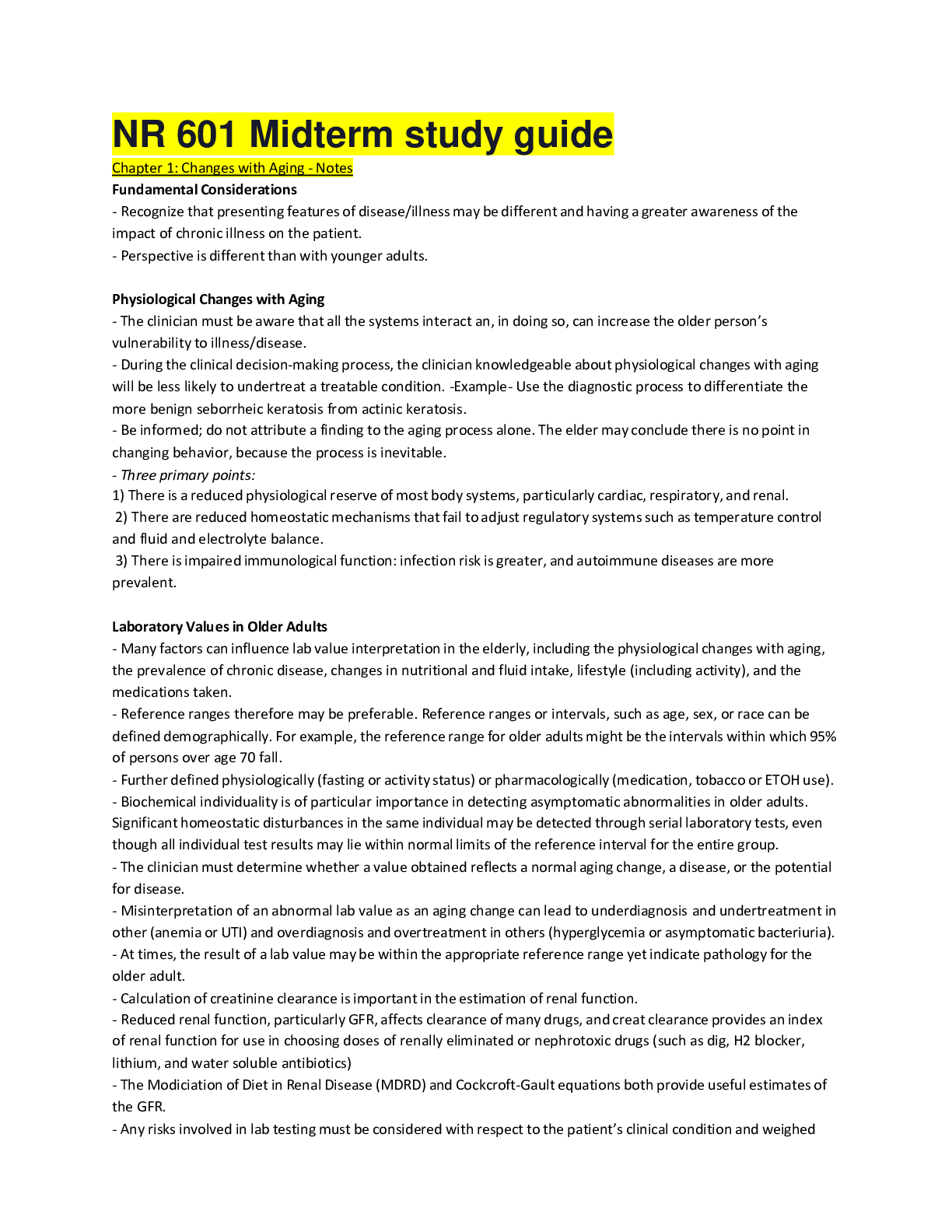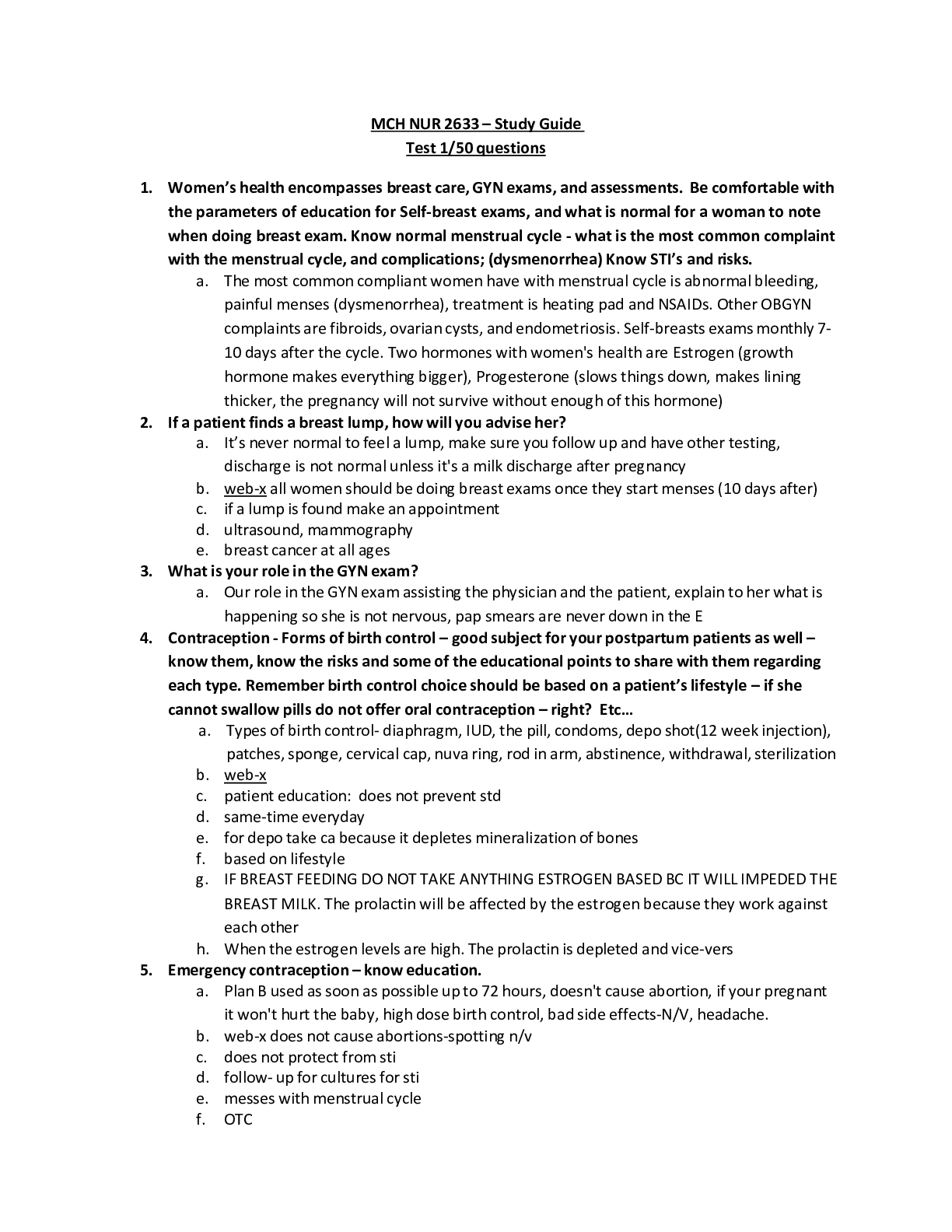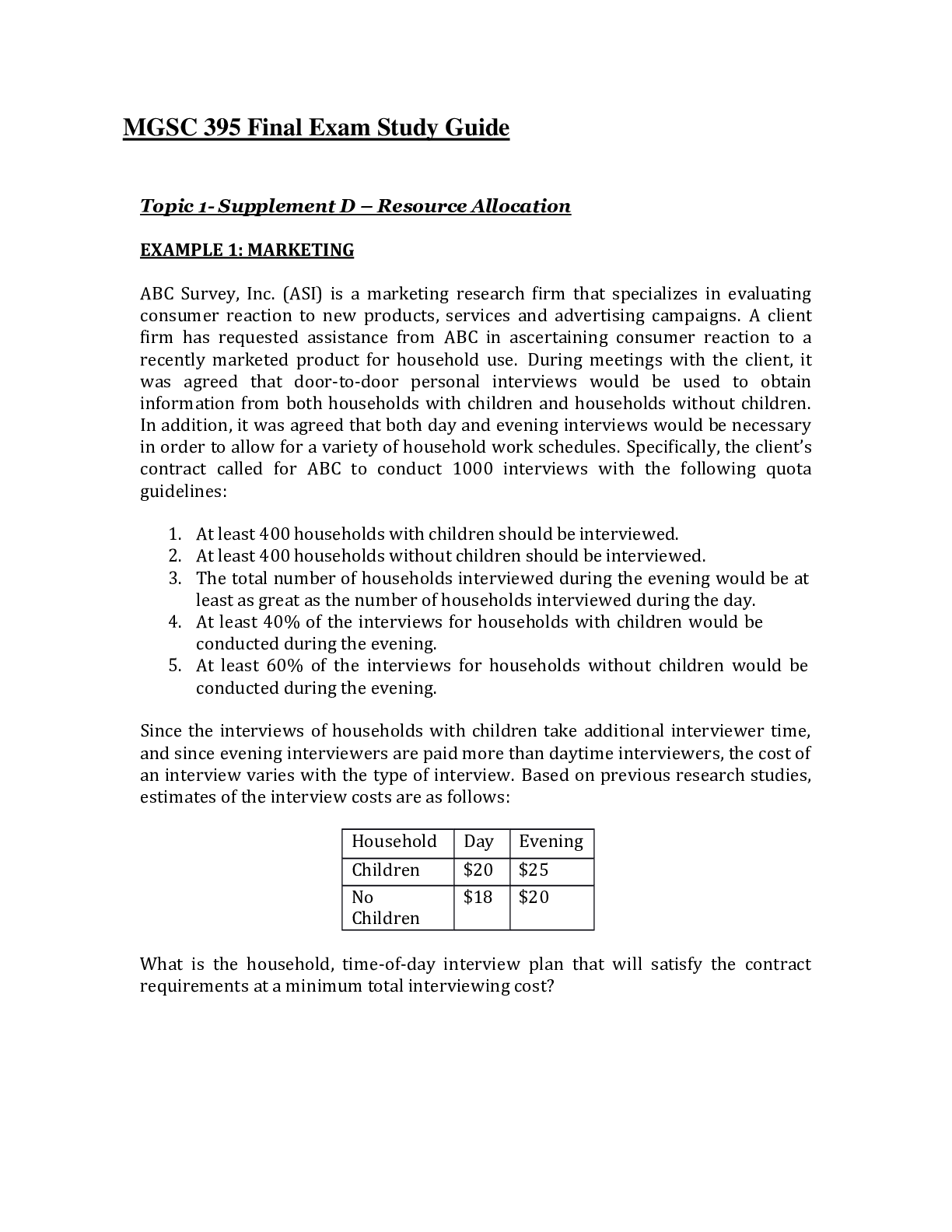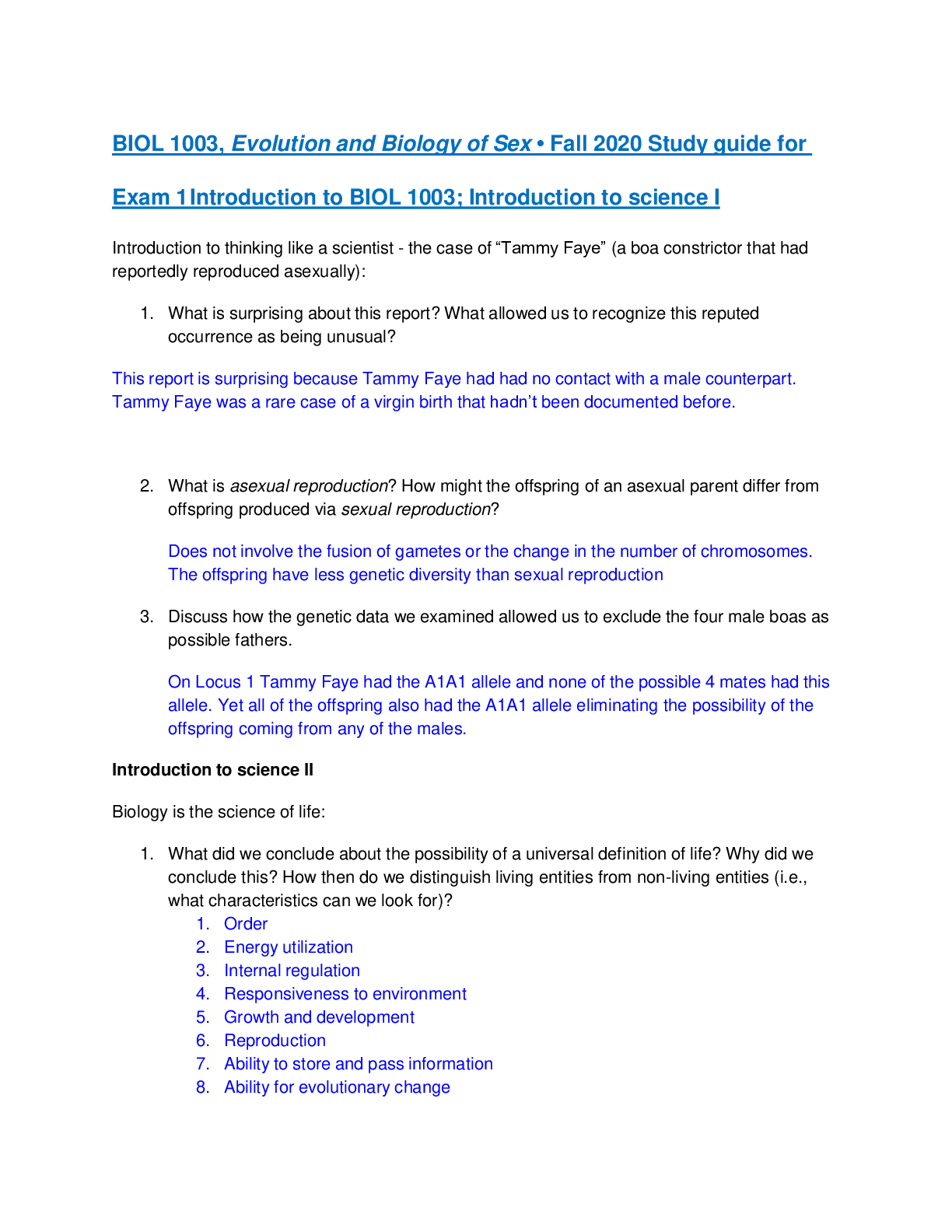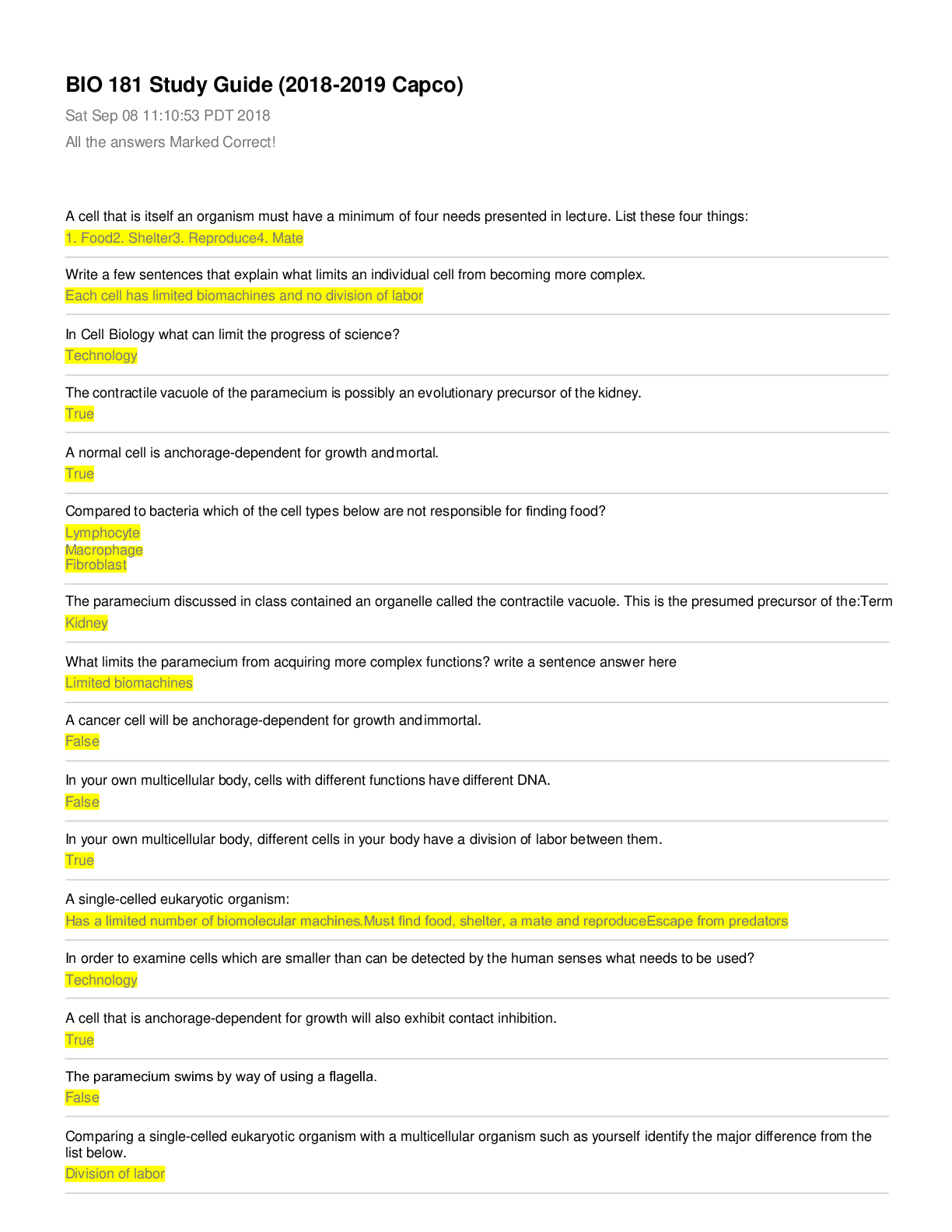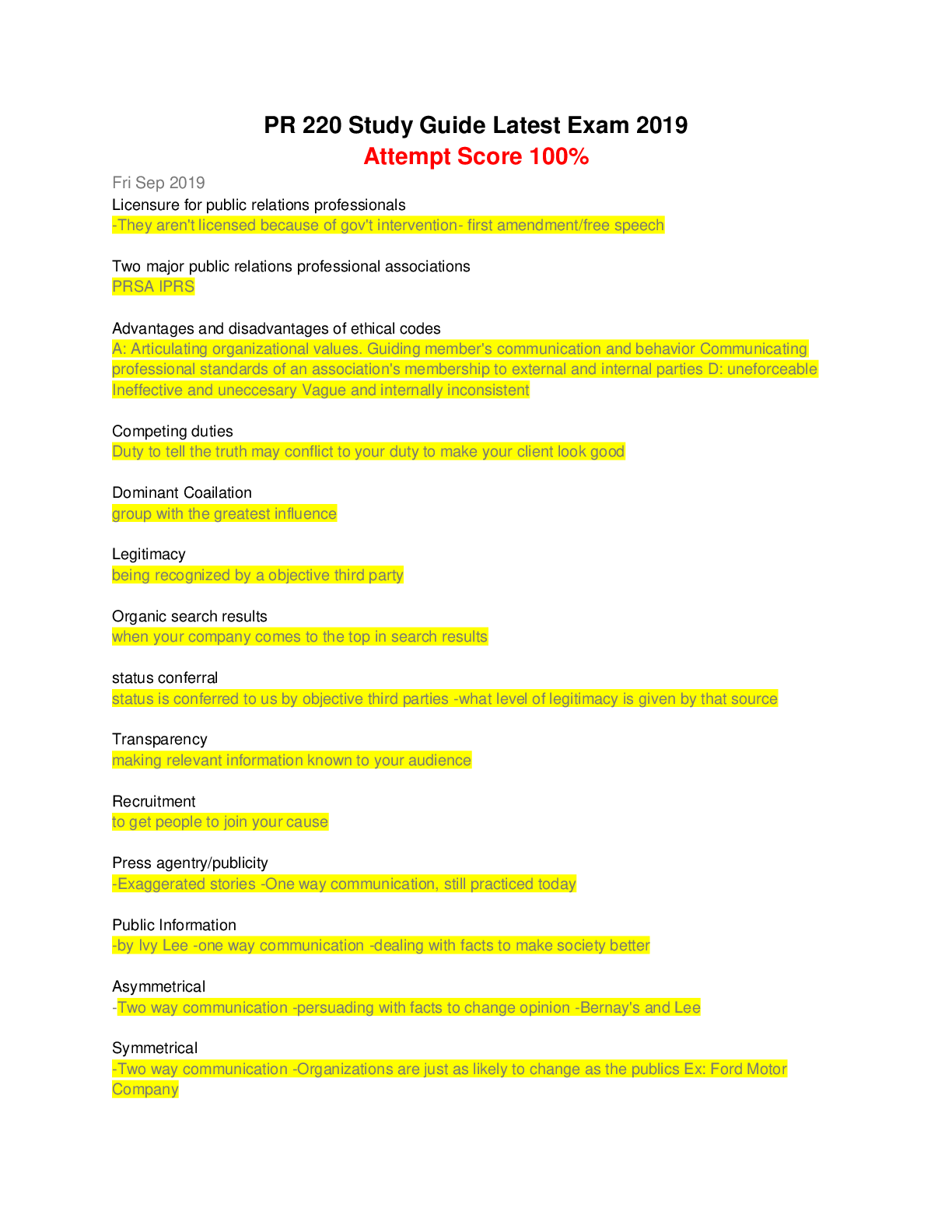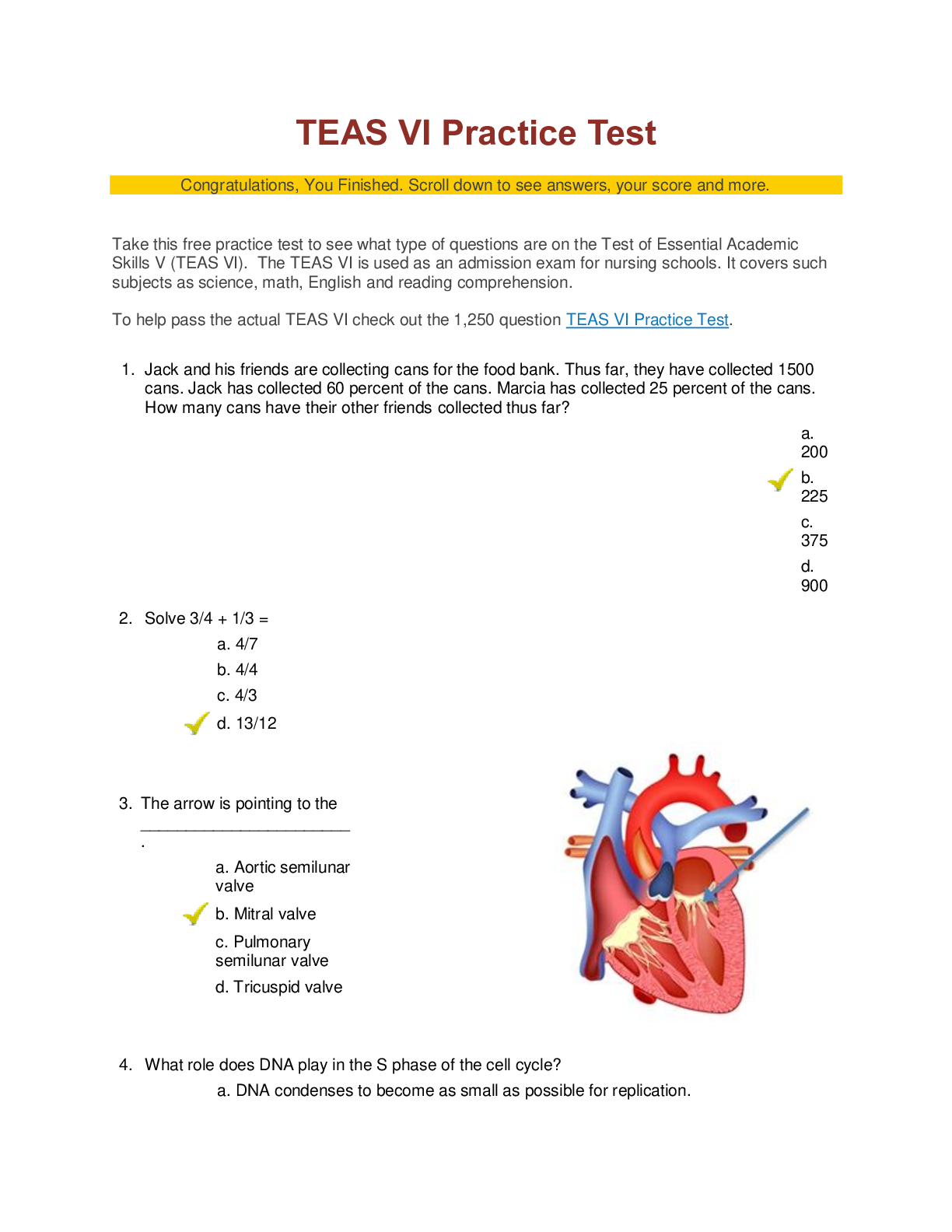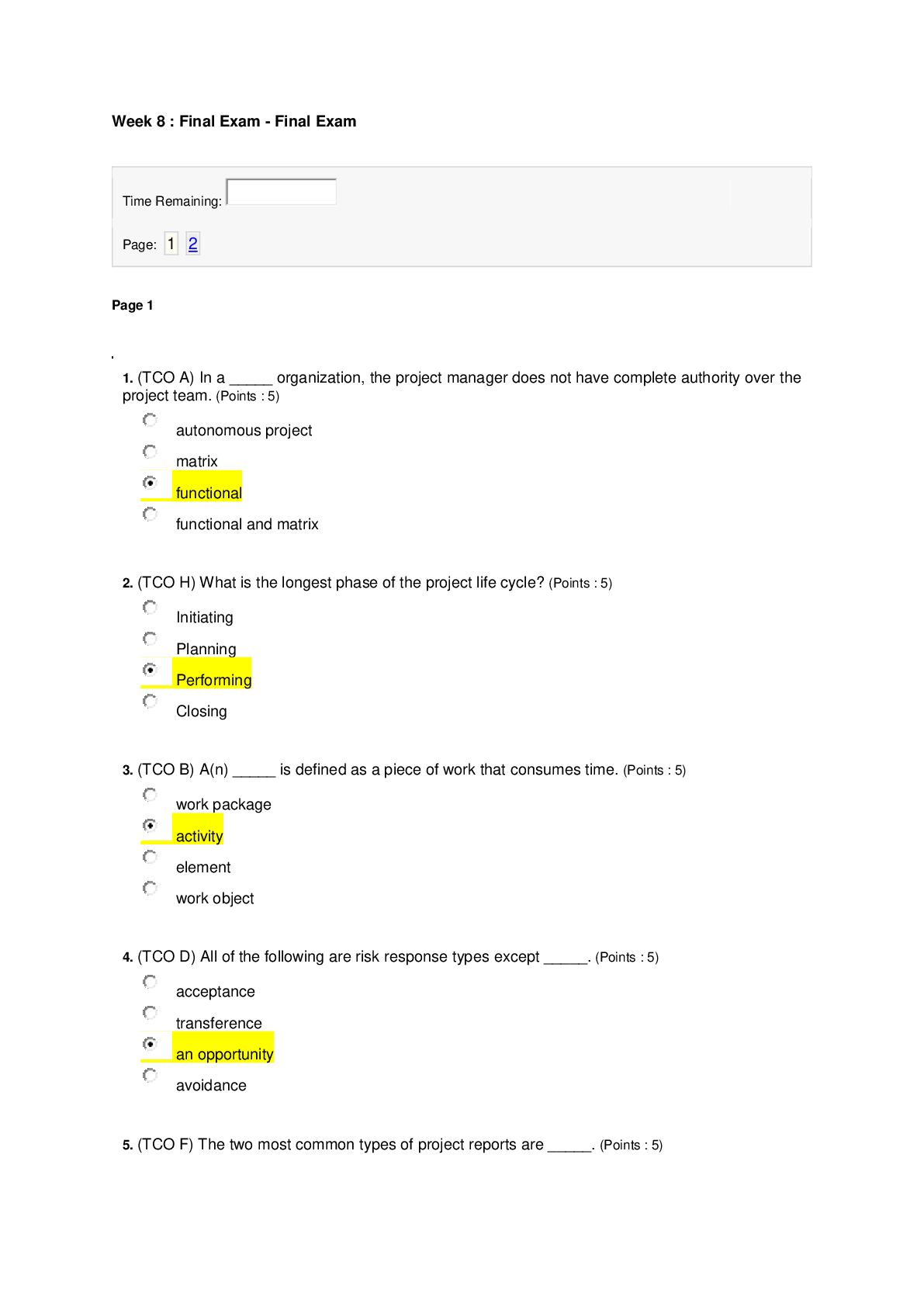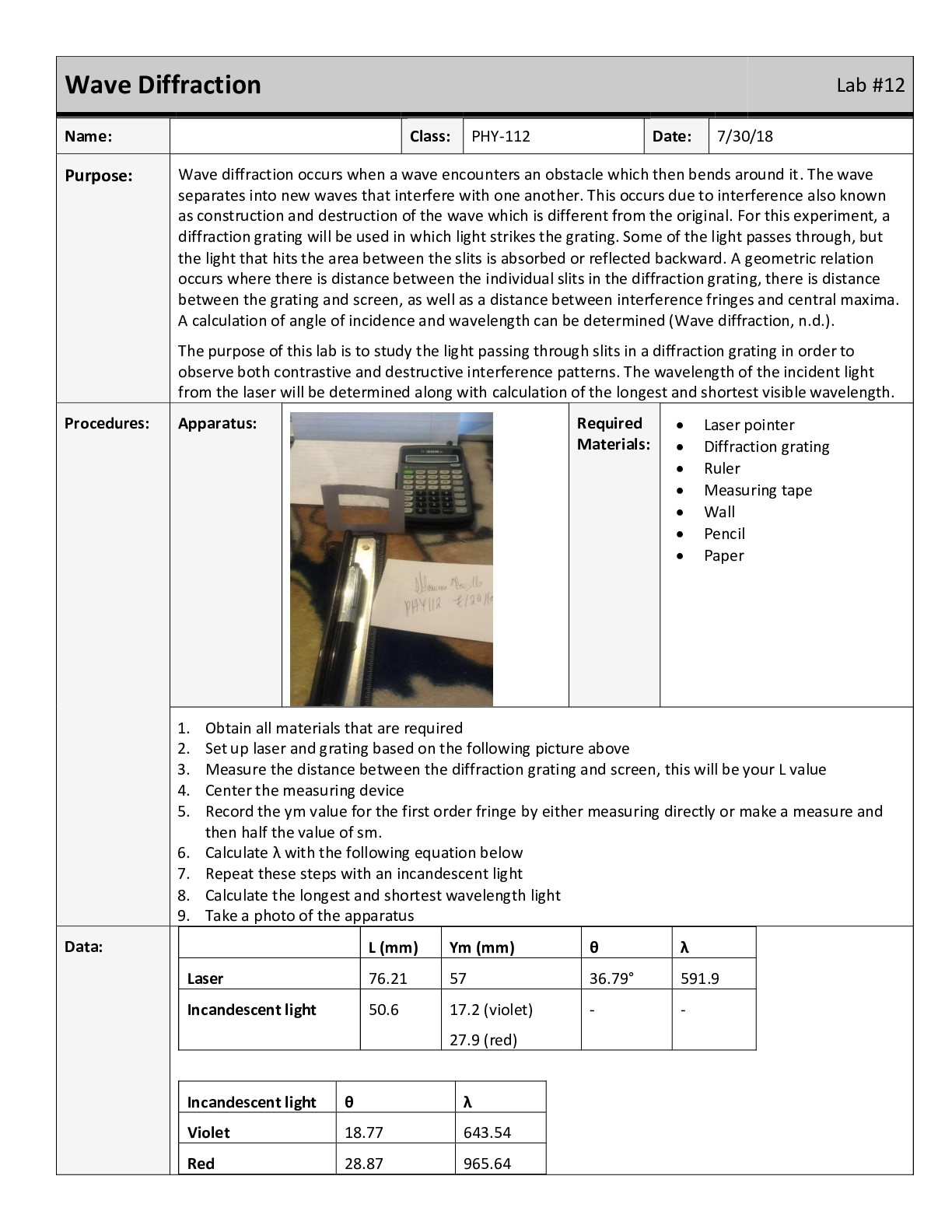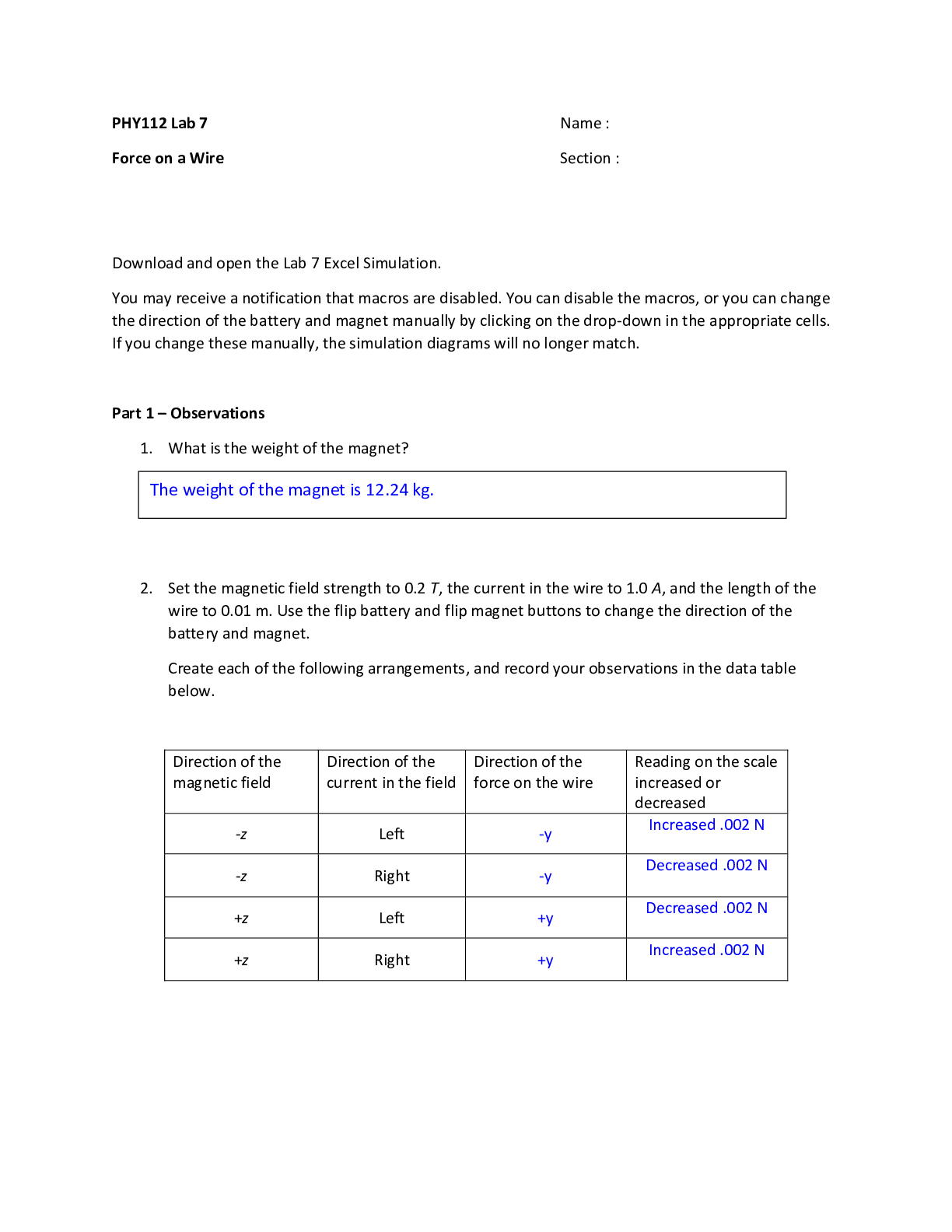*NURSING > STUDY GUIDE > Exam 2 Study Guide-1 (All)
Exam 2 Study Guide-1
Document Content and Description Below
• Goal of Hemodynamic monitoring is to maintain adequate tissue perfusion. • Safety issues and troubleshooting with hemodynamic monitoring lines: ▪ Arterial lines: sites= radial, femoral o In... dications: indicated for hemodynamic instability, assess efficacy of vasoactive meds, frequent ABG analysis o Complications: 1. Infection: infection may occur if the catheter is left in place for a prolonged period; however, routine replacement of the catheter is not recommended, unless infection is suspected. 2. Hemorrhage from the site of insertion: The nurse should apply direct pressure and notify the provider. 3. Thrombosis in the cannula: A thrombosis in the cannula is usually suspected when the waveform is damped. The nurse should aspirate and discard blood (and the thrombus) from the cannula then fast flush to clear the tubing of blood. 4. Tissue ischemia in the cannulated extremity: Notify the provider. The nurse should continue to assess for worsening of the ischemia indicated by delayed capillary refill, pallor or cyanosis, reduction in pulses distal to cannula, and cool temperature. 5. Disconnection/dislodgment: blood loss is usually due to sudden dislodgement of the catheter from the artery or from a disconnection in the tubing. 6. Overdamping (BOX 8-3 pg 153) : patient has an occlusion ➢ Blood clots left in the catheter after getting a blood sample, air bubbles at any point between the catheter tip and the transducer. ✓ Tx: flush the system or aspirate, disconnecting from the patient if needed to adequately flush the system to remove clots or air bubbles ➢ Compliant tubing: change to noncompliant tubing or commercially available tubing system. ➢ Loose connections: ensure all connections are secure ➢ Kinks in tubing system: Straighten tubing 7. Underdamping (Box 8-3, page 153) – ➢ Excessive tubing length (>36-48”) ✓ Tx: remove extraneous tubing, stopcocks, or extensions ➢ Small bore tubing ✓ Tx: Replace small bore tubing with a large bore set ➢ Cause unknown ✓ Add a damping device into the system to reduce artifact ▪ PA catheters: placed on the left midaxillary 4th intercostal space (Phlebostic axis) o Indication ➢ identify and treat cause of hemodynamic instability ➢ assess pulmonary artery pressure ➢ Assess mixed venous oxygen saturation SvO2 ➢ Directly measures CO o Complications: ➢ Ventricular dysrhythmias: Notify the provider. If patient is unstable administer anti-arrhythmic per standing orders. ➢ Pulmonary capillary rupture, pulmonary infarction: S/S include blood-tinged or frank bloody sputum; decreased SpO2; respiratory distress. Notify the provider immediately. Provide supplementary oxygen and be prepared to support ventilation if necessary. ..........................................................CONTINUED........................................................... [Show More]
Last updated: 1 year ago
Preview 1 out of 10 pages
Instant download

Buy this document to get the full access instantly
Instant Download Access after purchase
Add to cartInstant download
Reviews( 0 )
Document information
Connected school, study & course
About the document
Uploaded On
Oct 21, 2021
Number of pages
10
Written in
Additional information
This document has been written for:
Uploaded
Oct 21, 2021
Downloads
0
Views
48

